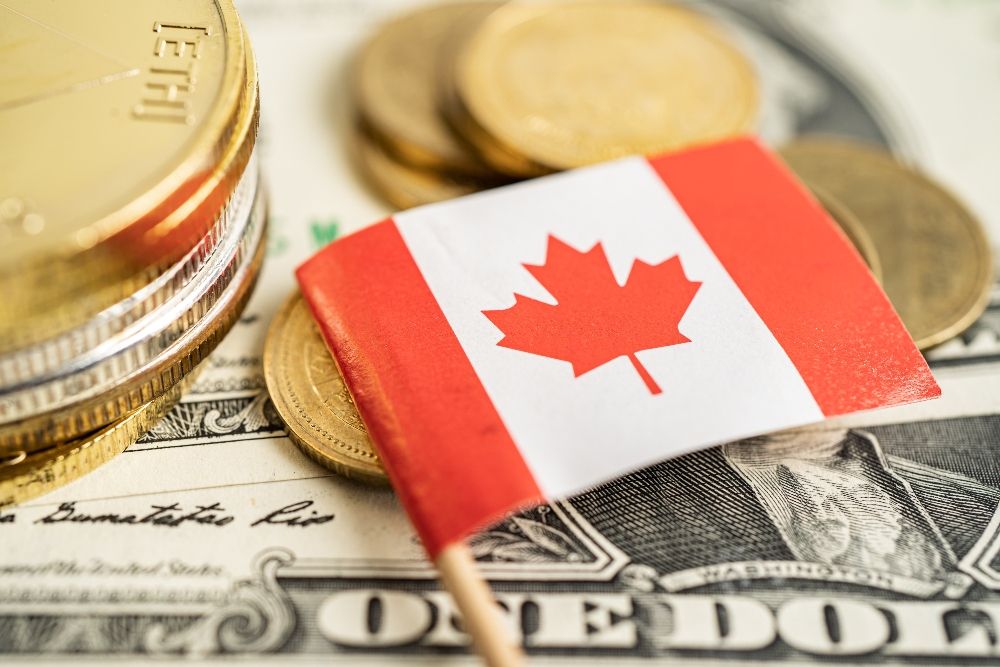Canada’s yearly inflation rate rose to 1.9 percent in January, after slowing to 1.8 percent in December.
January was the first full month of the GST holiday, which temporarily reduced prices on products typically subject to the tax.
The exemptions applied to restaurant meals, alcohol purchased in stores, as well as toys, certain games, and hobby supplies.
Energy prices drive up inflation
Most of January’s inflation increase was driven by energy prices, which rose 5.3% in the month after a 1% gain in December, fueled by higher gasoline and natural gas costs.
Gasoline prices climbed 8.6% year-over-year in January, while inflation excluding gasoline rose at an annualized rate of 1.7%.
However, the goods and services tax break introduced in December helped offset some of the upward pressure from rising energy costs.
Douglas Porter, chief economist at BMO Capital Markets, said in a research note that “As the GST holiday lifts from the data in the next two months, the headline tally will likely quickly rise to roughly match current core trends of closer to [2.5 per. cent], which have been a tad warm for comfort in recent months,”.
Temporary GST tax break
The GST tax holiday, announced in mid-December, aimed to decrease taxes on various goods and services, providing consumers with some relief.
This program did impact some categories much more noticeably, like cuts to restaurant food prices, alcoholic beverages, and recreational items, but overall inflation statistics reveal a more complex factor.
The tax holiday will distort true inflation measurements until at least March, warned RBC economists Nathan Janzen and Claire Fan.
They added, “The tax holiday will continue to muddy inflation readings until March when we can get a cleaner read of the consumer price index that are clear of distortions.”
Core inflation measures show an unexpected increase
Alongside the headline CPI, core inflation also rose, indicating some stickiness to the underlying inflation.
CPI-median moved up to 2.7 percent in January from 2.6 percent in December, while CPI-trim also increased to 2.7 percent from 2.5 percent in the prior month.
Analyzed together, these developments mean the inflationary environment will need to be watched very closely by economists and policymakers, and is unlikely to be as short-lived as previously indicated.
According to Reuters, the probability of the central bank holding the rate steady in March before the report was 56 percent, but that probability rose to just over 63 percent after the report, an indication of increasing uncertainty as to the trajectory of monetary policy.
What does this mean for Canada’s economic outlook?
Canada’s economy is still struggling due to rising energy prices and inflation. It remains to be seen how the country’s economic landscape will change.
As the impact of one-time tax relief fades, inflation is exposing its true nature. The Bank of Canada and consumers must act on the facts.
As we approach the central bank’s next choices, we will closely monitor inflationary pressures.
Balancing energy and consumer pricing is crucial for Canadians to navigate a challenging financial landscape, including monetary policy.
The post Canada’s inflation rises to 1.9%, driven by soaring energy prices appeared first on Invezz
